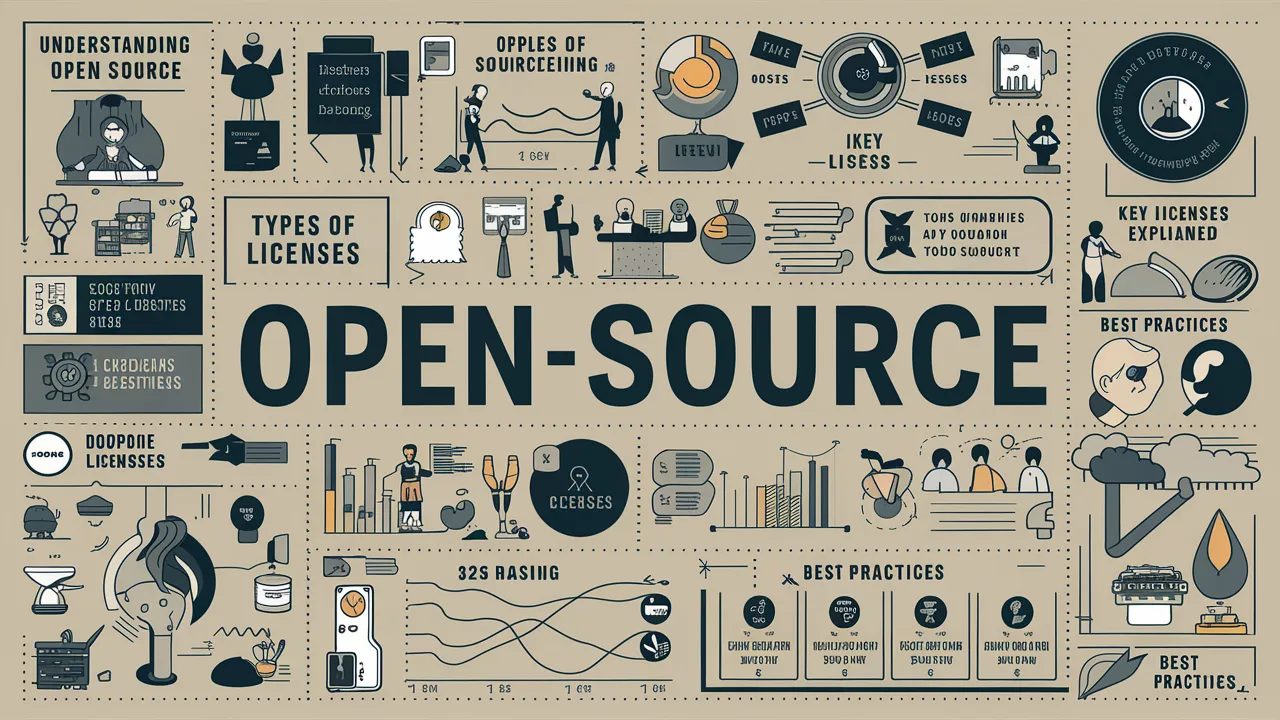
Cyber hygiene encompasses all practices and steps taken to prevent your accounts and devices from becoming vulnerable to cyber threats. It's about maintaining the cleanliness of your digital identity and understanding the real-life consequences that neglecting it can bring. In this article, The Cyber Express (TCE) team will highlight common cyber hygiene mistakes that jeopardize hygiene.
These mistakes can range from overlooked steps like using password managers, firewalls, and VPNs, to ignoring seemingly basic practices such as regular software updates and strong password creation. Keep reading to discover how these actions can significantly impact your cybersecurity:
Common Cyber Hygiene Mistakes
Ignoring Software Updates
Software updates include new patches for security
vulnerabilities discovered since the last update. Ignoring these
updates exposes systems to potential attacks that exploit known weaknesses. Hackers target outdated software because
vulnerabilities are public knowledge. Regularly updating all software, including operating systems and applications, is crucial for maintaining
security. Automated updates are effective in ensuring software remains up-to-date without relying on manual checks.
Lack of Good Email and Phishing Practices
Email remains a common target for cyberattacks like
phishing and
malware distribution. Clicking on links or downloading attachments from unfamiliar or suspicious sources can compromise
data security. Phishing emails often appear legitimate but aim to steal sensitive information. Practice caution by verifying senders' identities, checking for suspicious domain names or altered spellings, and using spam filtering tools. Avoid sharing personal information via email to prevent identity theft and fraud.
Using Weak, Guessable Passwords
Weak
passwords like "password123" are easily guessed or cracked using automated tools, posing a significant security risk. Reusing passwords across multiple accounts amplifies this risk—if one account is compromised, others sharing the password become vulnerable. Create strong passwords with a mix of uppercase and lowercase letters, numbers, and special characters unrelated to personal information. Consider using
password managers for generating and securely storing complex passwords.
Neglecting Antivirus and Antimalware Programs
Antivirus and antimalware programs are essential for detecting and removing malicious software that can compromise data security. Failure to install or update these programs leaves devices vulnerable to viruses, ransomware, and spyware. Regular scans and real-time protection features mitigate potential infections, safeguarding against
cyber threats.
Not Implementing Two-Factor Authentication (2FA)
Two-factor authentication adds an extra layer of security by requiring a second verification method, such as a code sent to a phone or facial recognition, in addition to a password. Ignoring 2FA leaves accounts reliant solely on passwords, vulnerable if passwords are compromised. Enable
2FA where available, especially for accounts containing sensitive information, to enhance security.
Failing to Back Up Data
Regular data backups are crucial for protecting against data loss due to hardware failures, malware, or accidental deletion. Backups stored in multiple locations, including external drives or cloud services, ensure data can be restored if the primary source is compromised. Automated backup solutions simplify this process, minimizing the risk of significant data loss.
Using Unsecured Wi-Fi Networks
Public or unsecured Wi-Fi networks expose transmitted data to interception by cybercriminals. Hackers can easily capture login credentials, personal information, and financial data transmitted over these networks. Avoid accessing sensitive accounts or financial transactions over public Wi-Fi. Use a virtual private network (VPN) to encrypt
internet connections and secure data transmission. Ensure home Wi-Fi networks are secured with strong passwords and encryption protocols.
Failing to Utilize Firewalls
Firewalls prevent unauthorized access between devices and the internet, essential for blocking external threats like hackers attempting to breach systems. Both hardware and software
firewalls monitor and control network traffic based on predefined security rules. Enable firewalls on all connected devices, including computers and routers, to fortify
network security against external threats.
Neglecting Device Encryption
Device encryption converts data into unreadable code, protecting it from unauthorized access if devices are lost or stolen. Ignoring encryption leaves sensitive information vulnerable to exploitation by anyone gaining physical access to devices. Enable built-in encryption tools offered by modern operating systems to ensure data remains secure against unauthorized access.
Sharing Excessive Information on Social Media
Oversharing personal details on social media increases vulnerability to social engineering attacks and identity theft. Information like birthdates, addresses, and family member names can be exploited to guess weak passwords or craft personalized phishing attacks. Protect yourself by limiting personal information shared online, adjusting
privacy settings, and exercising caution with friend requests from unknown individuals.
Acknowledging the increasing
risks in today's digital world, amplified by technology and social media, is crucial. It's vital to stay updated with evolving defenses against potential threats. Avoid overlooking or neglecting security measures, as they play a critical role in safeguarding your digital presence and personal information. Moreover, avoiding these cyber hygiene mistakes is essential for maintaining strong hygiene and safeguarding against evolving cyber threats.


